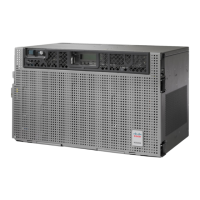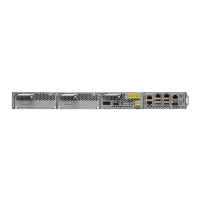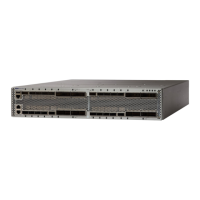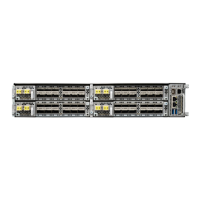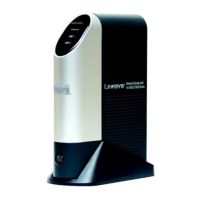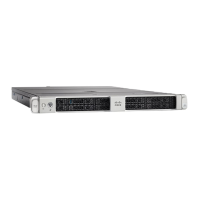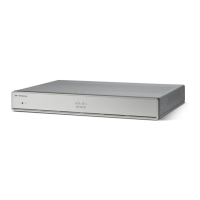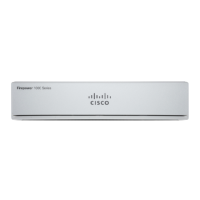a) Remove the TNCS card.
b) Delete the TNCS card, refer to DLP-G351 Deleting a Card in CTC .
c) Insert the TNCS-O card.
On MR-MXP and 400G-XP-LC cards, when the reach distance of one of the QSFP 10G lanes or ports is
configured to Autoprovision or the correct reach, the PROV-MISMATCH alarm clears on the QSFP port. The
alarm clears irrespective of the reach distances configured on the remaining QSFP 10G lanes or ports.
Note
If the troubleshooting procedure does not clear the alarm, log into the Technical Support Website at http://www.cisco.com/
c/en/us/support/index.html or call the Cisco Technical Assistance Center (1 800 553-2447) to report the problem.
PTIM
Default Severity: Major (MJ), Service-Affecting (SA)
Logical Object: TRUNK, EQPT
The Payload Type Identifier Mismatch alarm occurs when there is a mismatch between the way the ITU-T
G.709 encapsulation option is configured on MXP_2.5G_10G, TXP_MR_10G, TXP_MR_2.5G, TXP_MR_10E,
TXP_MR_10E_C, TXP_MR_10E_L, TXPP_MR_2.5G, ADM-10G, or OTU2_XP card at each end of the
optical span.
Clear the PTIM Alarm
SUMMARY STEPS
1. In node view (single-shelf mode) or shelf view (multishelf mode), double-click the alarmed
MXP_2.5G_10G, TXP_MR_10G, TXP_MR_2.5G, TXP_MR_10E, TXP_MR_10E_C, TXP_MR_10E_L,
or TXPP_MR_2.5G, ADM-10G, or OTU2_XP card to open the card view.
2. Click the Provisioning > OTN > OTN Lines tabs.
3. Ensure that the G.709 OTN check box is checked. If not, check it and click Apply.
DETAILED STEPS
Step 1 In node view (single-shelf mode) or shelf view (multishelf mode), double-click the alarmed MXP_2.5G_10G,
TXP_MR_10G, TXP_MR_2.5G, TXP_MR_10E, TXP_MR_10E_C, TXP_MR_10E_L, or TXPP_MR_2.5G, ADM-10G,
or OTU2_XP card to open the card view.
Step 2 Click the Provisioning > OTN > OTN Lines tabs.
Step 3 Ensure that the G.709 OTN check box is checked. If not, check it and click Apply.
If the condition does not clear, log into the Technical Support Website at http://www.cisco.com/c/en/us/support/index.html
for more information or call Cisco TAC (1 800 553-2447).
Cisco NCS 2000 series Troubleshooting Guide, Release 11.0
366
Alarm Troubleshooting
PTIM
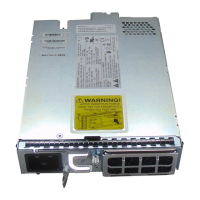
